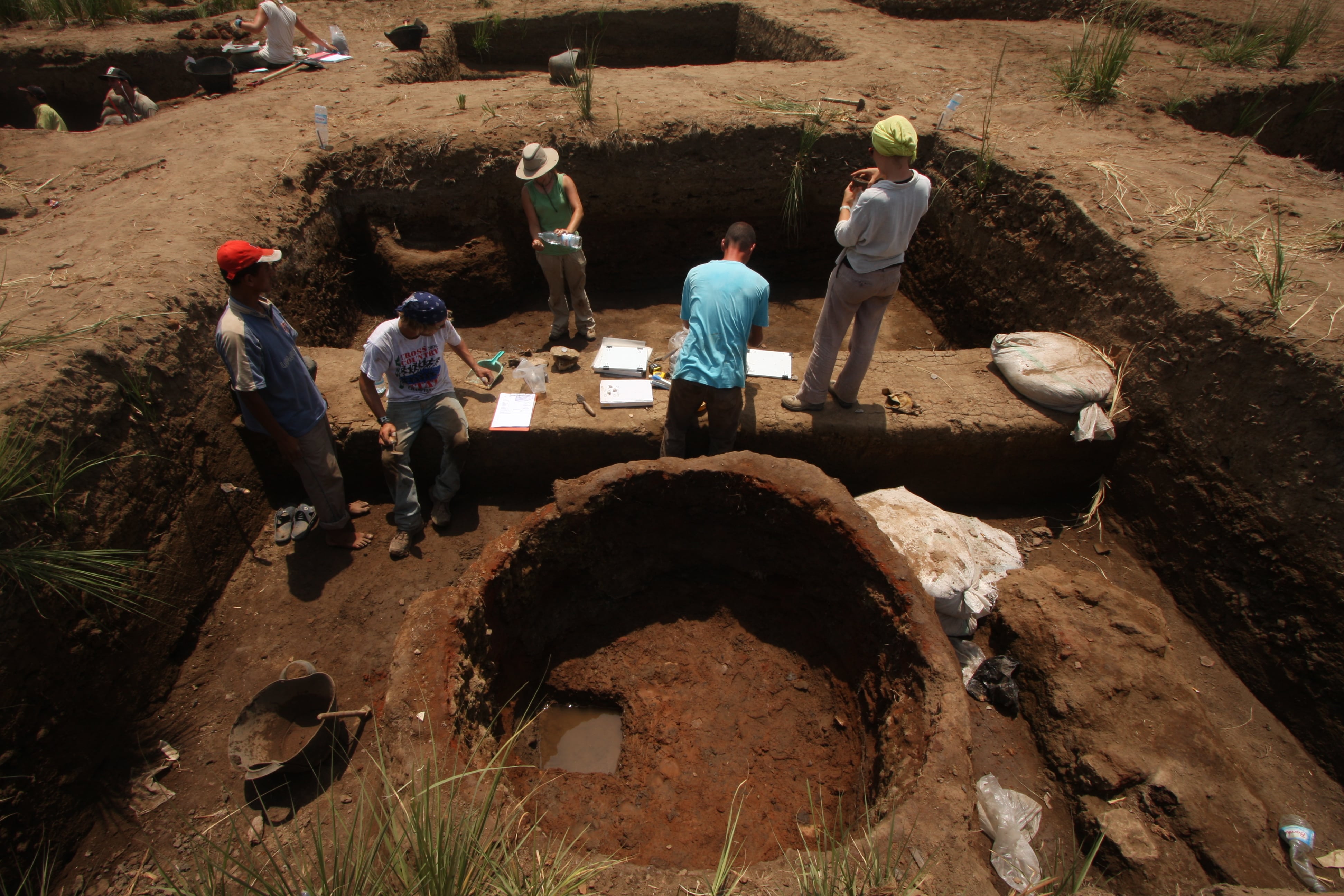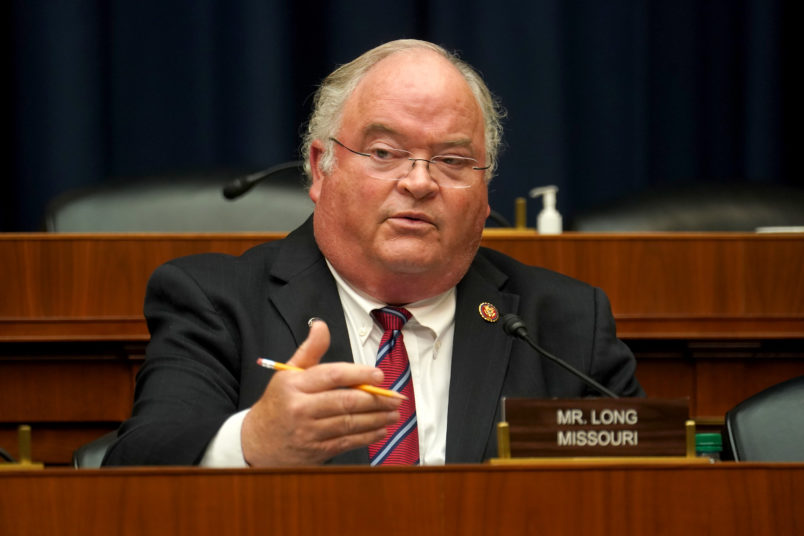Kate Randall
WSWS.ORG
In a move that received minimal media attention, last week the Biden administration reaffirmed its decision to enact the largest Medicare premium hike in the program’s 57-year history. The president is also endorsing a plan to funnel more money to private insurance companies and escalating plans to privatize the government insurance program for seniors and those with disabilities. Medicare enrolled 62.7 million people in 2021.
The White House announced May 27 that Medicare recipients will not see their premiums lowered this year. This is despite the fact that a rate hike confirmed last November was due in large part to projected costs for a drug to treat Alzheimer’s disease that have now been lowered.
In November 2021, the Centers for Medicare and Medicaid Services (CMS), part of the Department of Health and Human Services (HHS), announced an approximately 14.5 percent increase to premiums for Medicare Part B, which covers doctor visits and some preventive care and outpatient services. The standard monthly premium rose from $148.50 in 2021 to $170.10 this year.
The hike came largely as a result of uncertainty over whether Medicare would cover the costs of Aduhelm, an exorbitantly expensive drug to treat Alzheimer’s. Under pressure from the pharmaceutical industry, the controversial drug was approved for use by the Food and Drug Administration (FDA) in June 2021, despite disputes over whether it is effective in treating the debilitating disease.
Biogen, the maker of Aduhelm, originally priced the drug at $56,000 a year. After a considerable outcry from patient advocates and others, Biogen announced that the drug would cost $28,200 effective January 1, 2022, when the Medicare premium hikes kicked in. In April, Medicare instituted strict rules regarding who could receive Aduhelm, restricting its use mainly to clinical trials.
On May 27, the Biden administration said that despite the halving of Aduhelm’s cost, and also its restriction to a small patient pool, it would not be lowering the monthly premiums deducted from seniors’ Social Security benefits. The administration justified this move on the basis of “legal and operational hurdles.”
In a report to HHS Secretary Xavier Becerra, CMS wrote that “a mid-year administrative redetermination [of Medicare premiums] would be prohibitively complex and highly risky, requiring significant resources and unproven technical solutions from the varied entities which manage premium collection and payment.” In practical terms, this means that Medicare enrollees will not be receiving either a refund on the premium increases already collected this year, nor will premiums be adjusted for the balance of 2022.
CMS claims that 2023 premiums will be adjusted to reflect the lowering of the price of Aduhelm and the reduction in the drug’s usage. There is no guarantee, however, that such an adjustment will take place, as other price hikes demanded by the pharmaceutical industry or other segments of the for-profit health care system are highly likely. And the government has seldom rebated money that it has already collected from the population.
CMS also makes the fantastic claim that seniors are unlikely to feel the impact of the premium hike due to a 5.9 percent cost-of-living adjustment in their Social Security benefits that began in January 2022. This small increase has already been more than eaten up by rapidly rising inflation hitting food, housing, transportation and other basic necessities. The impact on seniors is particularly dire, with more than 7 million living in poverty and 7.3 million food-insecure, according to the Kaiser Family Foundation (KFF).
The news that 2022 premium hikes will not be refunded or scaled back comes as Biden officials are moving forward with an 8.5 percent increase in payments made to private insurers operating Medicare Advantage plans in 2023.
Under Medicare Advantage, also known as Medicare Part C, beneficiaries pay their monthly premiums to the federal government but receive coverage from a private insurer for inpatient hospital and outpatient services, typically including prescription drug coverage as well. The establishment of these plans marked a major step in the dismantling of Medicare as a government program. Companies operating these plans are incentivized to limit the amount of medical care received by their enrollees in order to boost profits.
Dr. Susan Rogers, president of Physicians for a National Healthcare Program, told The Lever, “Medicare Advantage insurers such as United Healthcare, Anthem, and CVS/Aetna are celebrating record profits in the tens of billions of dollars.” She added, “Their business plan is simple: inflate their Medicare payments by making seniors look sicker than they are, and then pocket more of those Medicare dollars by ruthlessly denying seniors’ care.”
Enrollment in Medicare Advantage—signed into law in 1997 by Bill Clinton—has more than doubled over the past decade. In 2021, more than 26 million people were enrolled in a Medicare Advantage plan, or about 42 percent of the total Medicare population. Private plans have cost Medicare $146 billion since 2008.
In addition to hiking Medicare premiums and funneling more money to Medicare Advantage insurers, Biden has expanded Medicare privatization. The Direct Contracting Entity (DCE) program was launched in April 2019 by the CMS, during the Trump administration, under the auspices the CMS Innovation Center, known as CMMI.
Similar to Medicare Advantage, the DCE program allows intermediary companies to offer unique benefits, such as gym memberships. DCE operators range from private insurers to publicly traded companies to private equity firms. As for-profit entities they are also incentivized to limit patient care, particularly for the critically ill.
While Medicare patients choose to sign up for Advantage plans, patients can be enrolled in DCE health plans without their informed consent. Remarkably, seniors for instance may be “auto-aligned” to a DCE if any primary care physician they have visited in the past two years is affiliated with that DCE. Seniors are being swindled by these plans via methods more unscrupulous than scammers trying to obtain Social Security numbers over the phone.
Notably, CMMI was created under the Affordable Care Act, which was signed into law in 2010 by Barack Obama. CMMI’s aim was to develop new payment models in Medicare and Medicaid, the government insurance program for the poor, without going through the formal legislative process that requires public comment.
The DCE program is now being expanded by the Biden administration under a new name—ACO REACH, or Accountable Care Organization Realizing Equity, Access, and Community Health. Democratic Rep. Pramila Jayapal’s office told The Lever that 350,000 seniors were assigned to DCE plans as of January 2022, none of whom signed up voluntarily.
In the US health care system, access to and the affordability of medical care is subordinated to the profits of the private insurers, pharmaceuticals and giant hospital chains. Democratic and Republican politicians alike are concerned with upholding the interests of this market-driven system, not by the needs of patients and health care workers. One need only follow the money to see who benefits.
Business Insider reports that Biden received roughly $47 million from health care industry executives during his 2020 presidential campaign. The leadership of DCE contractor Clover Health donated $500,000 to the main super PAC for Senate Democrats in 2020, while Chamath Palihapitiya, the company’s financier, donated $750,000 to the same super PAC, according to the Open Secrets web site.
















